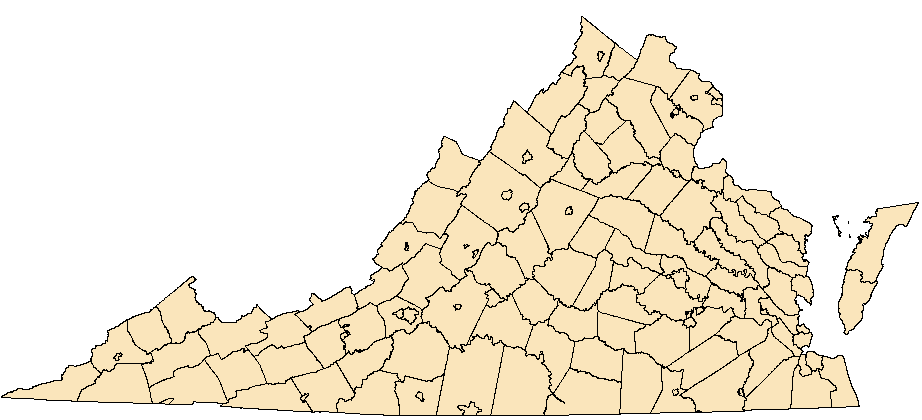Cordulia shurtleffii Scudder, 1866
American Emerald
NatureServe Global Rank: G5
Virginia State Rank: S3
VA DGIF Tier: IV
Federal Legal Status: None
Virginia Legal Status: None
Description: The thorax of the American Emerald is a metallic dark brown and covered with short hairs. The abdomen is black with a white ring near the base, and is slightly expanded toward the end. The wings are clear and the eyes are green. The size range is 43-50 mm (1.7 - 2.0 inches).
Similar species: None in Virginia.
North American Range: The American Emerald is a northern species that ranges all across Canada into Alaska, and into the northeastern United States. Also south into the Rocky Mountains, and another southern extension into higher elevations of the Appalachians. Recorded in several northwestern Virginia counties including Augusta, Bath, Highland, Loudoun and Rockingham.
VA Observations by Locality: Bath | Highland | Loudoun | Augusta | Highland | Rockingham







Flight season and broods: The flight season in Virginia of the American Emerald ranges from 29 April - 20 August.
Aquatic Habitat: In Virginia the American Emerald is found in high elevation ponds and beaver ponds.
Behavior and Ecology: The American Emerald patrols low over ponds and along woodland edges.
Population trend and potential threats: Common across Canada, but population status in many states in the southern portions of its range is regarded as vulnerable or imperiled (NatureServe, 2011).
Management practices: Monitor populations
References: Carle, F.L., 1982. A contribution to the knowledge of the Odonata. Ph.D. thesis, Virginia Polytechnic Institute and State University, Blacksburg, Virginia. 1,095 pp.
NatureServe. 2011. NatureServe Explorer: An online encyclopedia of life [web application]. Version 7.1. NatureServe, Arlington, Virginia. Available http://www.natureserve.org/explorer (Accessed: March 16, 2012).
Paulson, Dennis. 2011. Dragonflies and Damselflies of the East. Princeton University Press. Princeton and Oxford. 538 pp.
Roble, Steven M. 2011. Dragonflies of Virginia- Flight dates. Unpub.
Roble, S. M., Carle, F. L., and O. S. Flint. 2009. Dragonflies and Damselflies (Odonata) of the Laurel Fork Recreation Area, George Washington National Forest, Highland County, Virginia: Possible evidence for Climate Change. Pp 365-399, in S. M. Roble and J.C. Mitchell (eds.). 2009. A lifetime of contributions to Myriapodology and the Natural History of Virginia. Virginia Museum of Natural History Special Publication No. 16, Martinsville, Virginia.
Virginia Department of Conservation and Recreation, Natural Heritage Program, 600 E. Main St., 24th Floor, Richmond, VA 23219
This atlas was compiled
by the VA Natural Heritage Program with funds provided by the VA Dept. of Game and Inland Fisheries through a state wildlife grant
from U.S. Fish and Wildlife Service
Questions/Comments? Check the contacts page |
Internet Privacy Policy Statement
Last Modified: Friday, 26 February 2021, 03:21:56 PM